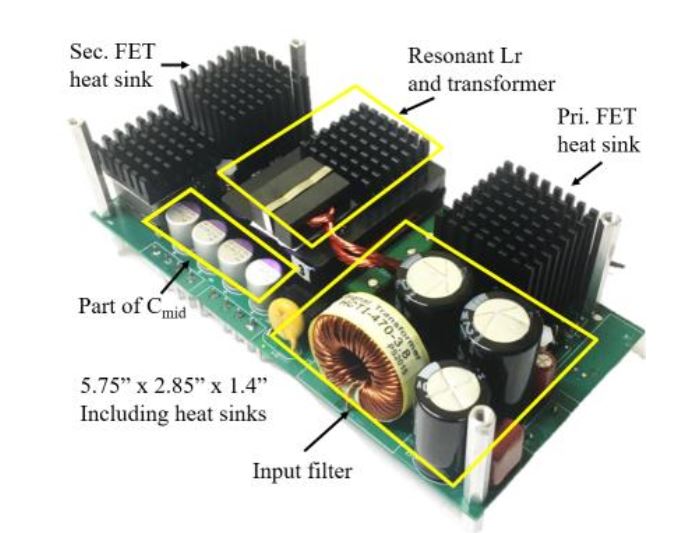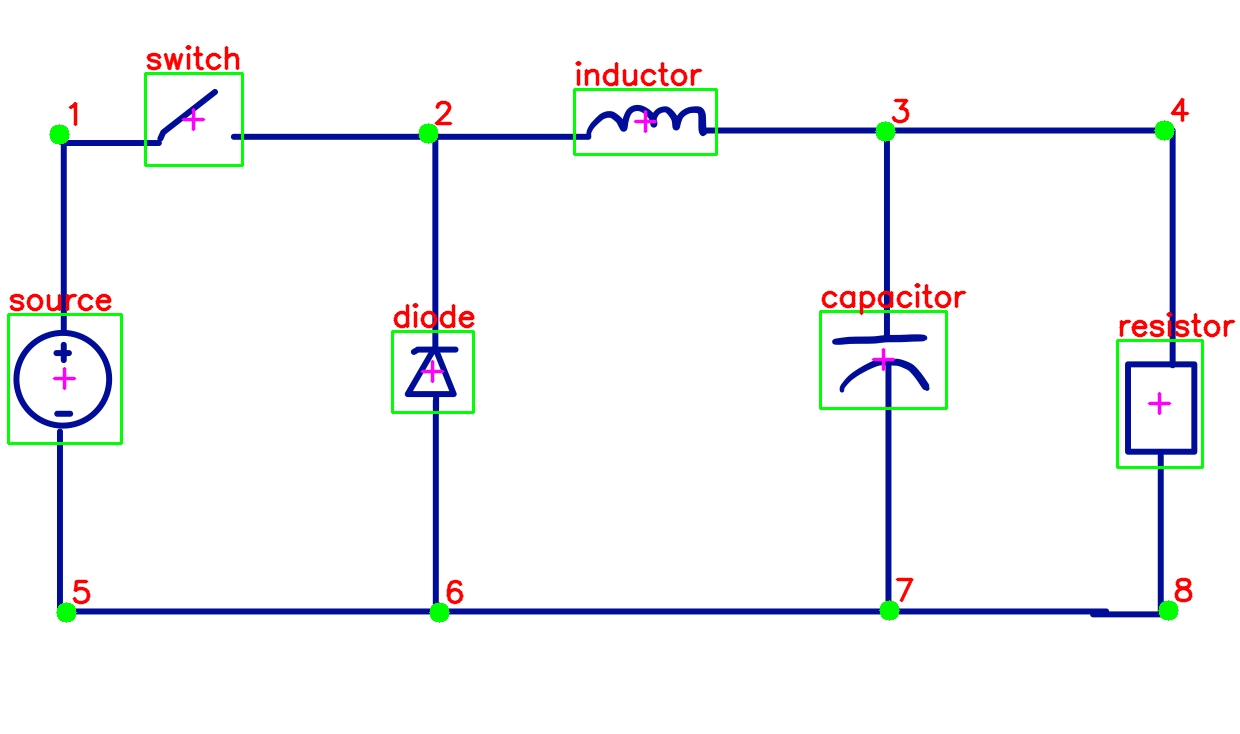High Density Power Conversion Using GaN devices and Machine Learning Based Prediction of Remaining Useful Life

This project focuses on the development of compact and robust power electronics systems for military installations, especially on ships and aircraft with limited space onboard. It is funded by the U.S. Department of Defense with a $2.5 million grant for three years starting in April 2020.Using Gallium Nitride (GaN) power technology, the first part of the project includes developing power converters using gallium nitride (GaN) devices, capable of quickly storing and discharging energy to operate the radar systems.
For more info, click here.
Gallium Nitride-Based Miniaturized Pulsed Power System Architecture for Mission-Critical Applications (ARPA-E)
This project involves technology that will improve the converter system’s power density, efficiency, and operational life across pulsed power applications such as healthcare tech (e.g., MRI) and water purification; where the miniaturized size of the system will also disruptively reduce the cost of downhole well logging tools used in fossil and geothermal energy production.
For more info, click here.
Power Conversion for 4G/5G Envelope Tracking
Wireless communication uses radio frequency power amplifiers (RFPAs) to amplify the signal before transmitting. Traditional RFPAs in communication base stations use fixed voltage DC power supplies. For the communication signal with high peak to average power ratio (PAPR), linear RFPAs will be inefficient and excess power will dissipate as heat.

For more info, click here.
Computer Vision-based Framework for Power Converter Identification and Analysis
This research work is mainly focused on identifying the individual components in a hand-drawn schematic diagram, and thus performing simulative analysis of a power converter. YOLOR (You Only Learn One Representation) – the state-of-the-art deep learning-based object detection model is used to detect the electronic components i.e. resistor, capacitor, diode, etc. in a circuit diagram.

For more info, click here.
